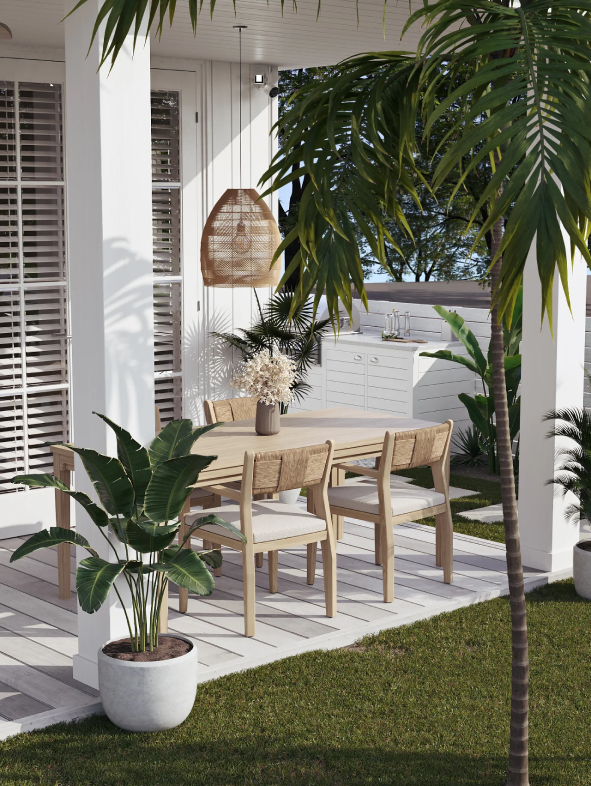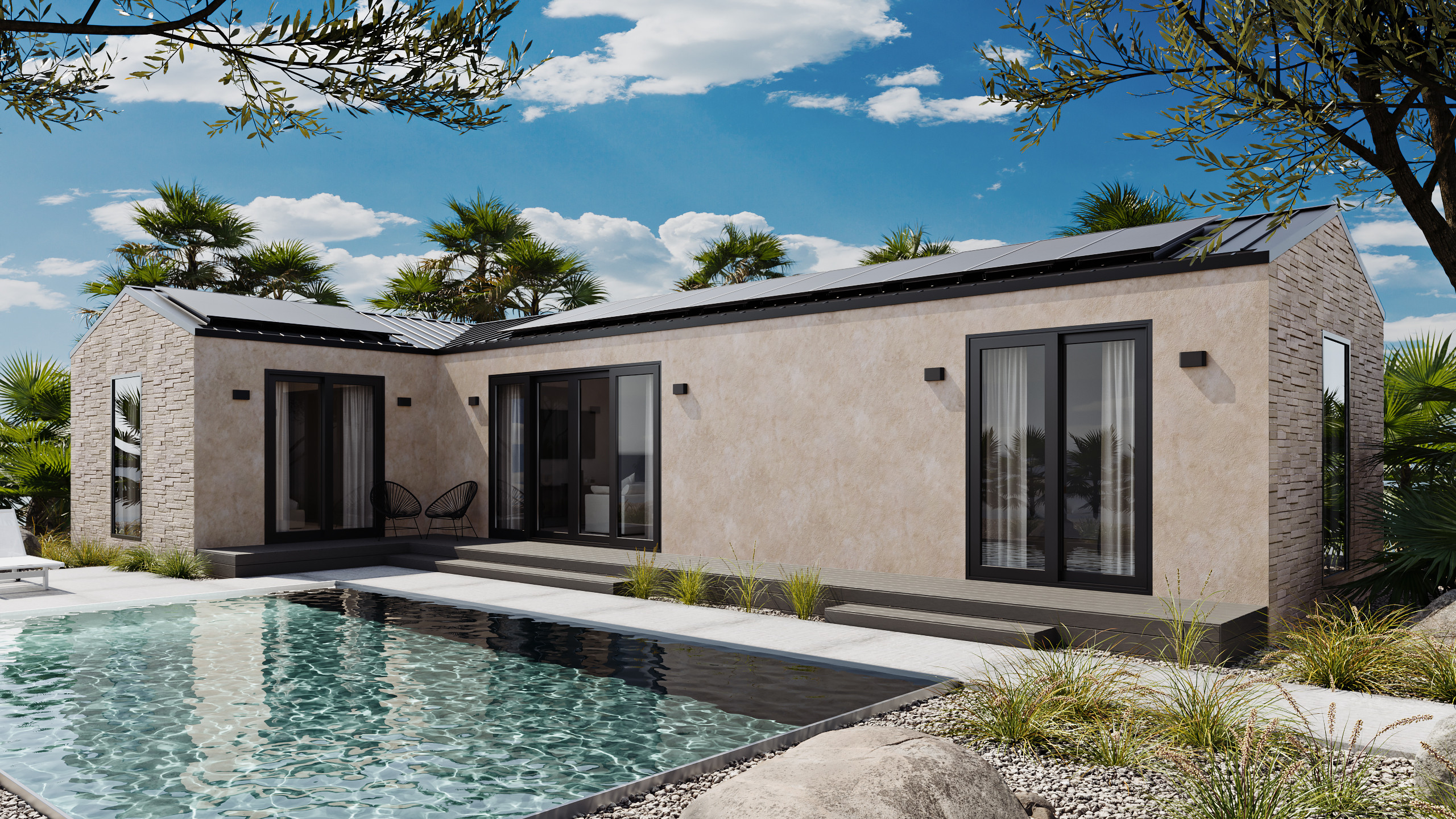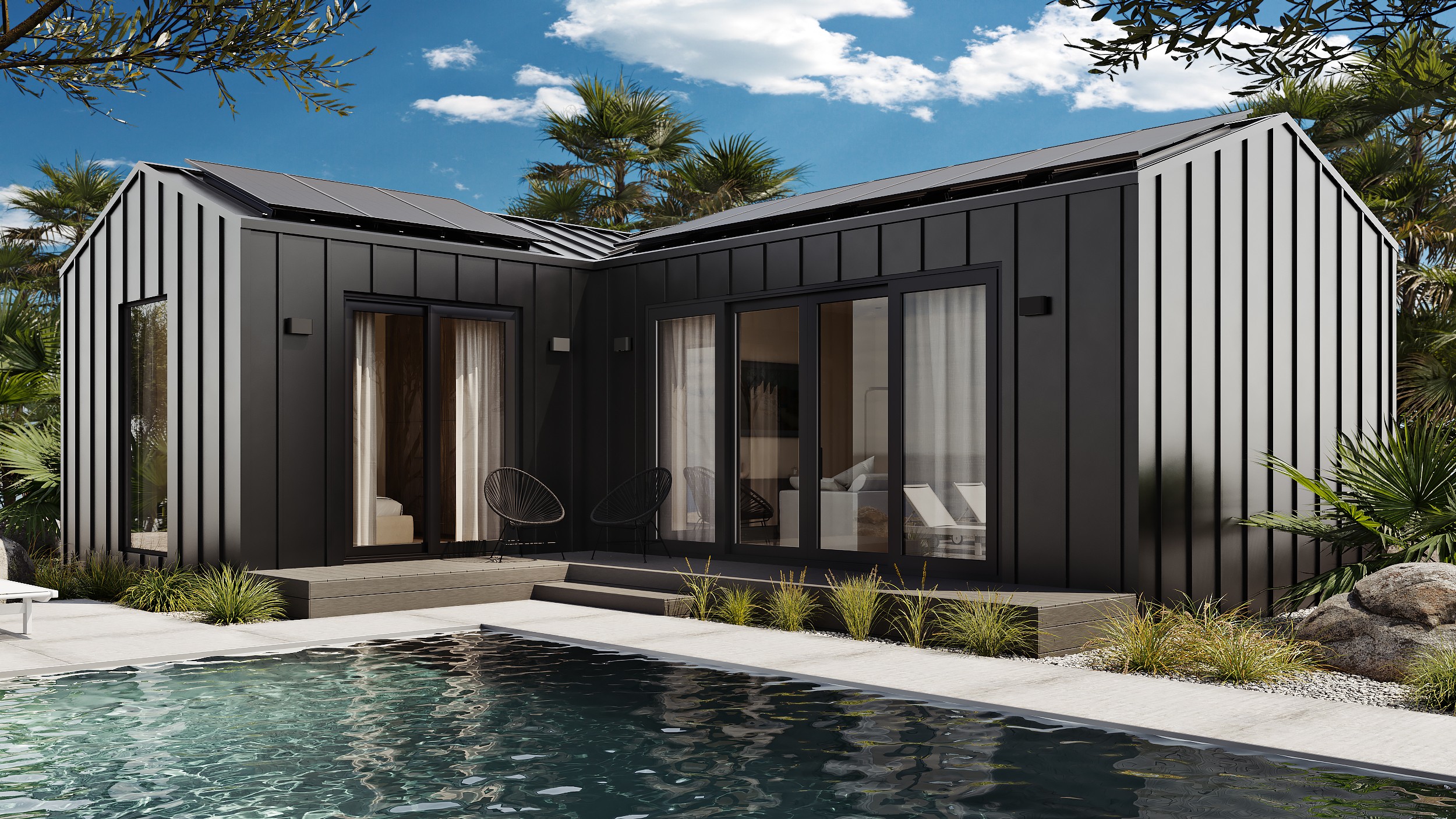Bamboo building booming

Can bamboo save the world?
Probably not.
But the World Economic Forum thinks it can solve both the housing crisis AND climate change.
Which is pretty close.
The botanical Road Runner
I remember my first encounter with bamboo, back in 2006, early in my journey as a plant daddy.
That year I moved into a place in San Francisco with a deck out back, the perfect spot for a container garden.
The container part was a smart choice, because bamboo was one of the first plants I cultivated. The “running” (as opposed to the “clumping”) species quickly spreads through underground roots. Its tendency to wander beneath fences and into the neighbor’s bed of begonias makes it a risky choice for backyards.
But this fast growth—between 35 and 40 inches per day, depending on the species—is an asset for construction, making it a more renewable and sustainable option than many other building materials.
Bamboo pros
Unlike traditional wood, which can take decades to mature, bamboo can be cut down and processed after only three years. This growth rate makes it a virtually infinitely renewable resource.
Unlike timber, bamboo isn’t completely killed when harvested. A part of its stalk is left in the forest, which stimulates the root system and prompts the plant to regrow.
Their lengthwise fibers make them a sturdy, flexible, and resilient option for building. It has the compressive strength of concrete and the tensile strength of steel, and can often withstand hurricanes and earthquakes with ease.
In fact, a recent initiative of affordable bamboo housing had some of the last homes standing when tropical storm Julia hit Guatemala last year.
Even better, the four hectares (each about 10,000 square meters) of bamboo plantations supplying that initiative will provide enough sustainable bamboo to build 40 homes per year, while also providing jobs and training for the local community.
Bamboo even absorbs up to four times the carbon as some tree species. Its light weight makes it an easy and more affordable material to transport than timber. And it’s awful pretty to look at.
Bamboo cons
Like all building materials, bamboo has its drawbacks.
Though it’s been used in construction in Asia for centuries, it’s a relatively new material for North America. A lack of building codes and regulations for bamboo can make architects and designers hesitate to specify it for their projects.
What’s more, bamboo encompasses over 1,200 species and evolves uniquely with age and moisture content. The resulting variations in its structure and mechanics make it difficult to standardize for building codes.
With a high starch content, bamboo is vulnerable to natural elements like insects, fungus, fire, and rot during high humidity. Bamboo needs to be cut, treated, and stored properly to protect it. Multiple treatments are available, some more toxic than others.
Bamboo isn’t cultivated everywhere, and its limited availability can lead to logistical challenges and higher transportation costs, reducing its overall cost-effectiveness (and carbon footprint).
And as more countries get wise on the good news about bamboo, the supply chain will expand and diversify.
After all, growing is what bamboo does best.
Cheers,
Mike
Mike McAllister is head of story for Momo Homes.
Track the global transition to sustainable homebuilding.
Subscribe to the Momo Focus newsletter.






